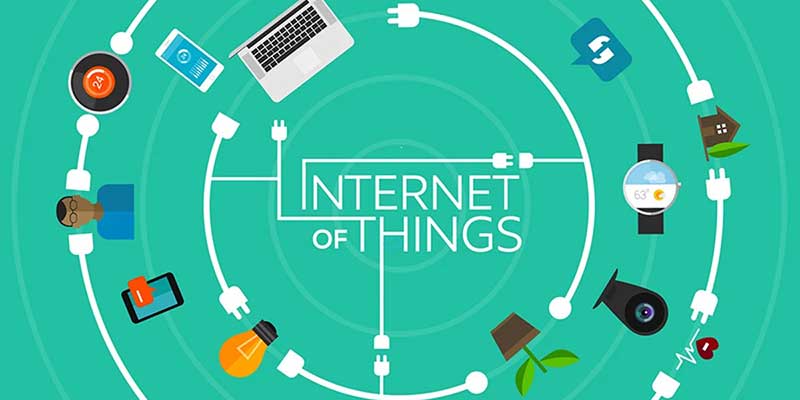When it comes to IoT connectivity, there are various options available, each suited for different use cases and requirements. Here are some common IoT connectivity options:
- Cellular Connectivity: Cellular networks, such as 2G, 3G, 4G, and 5G, provide wide-area coverage and reliable connectivity for IoT devices. Cellular connectivity is well-suited for applications that require mobility or operate in remote areas where Wi-Fi or other options may not be available. It offers high data rates and supports real-time communication. However, cellular connectivity can be relatively expensive and may consume more power compared to other options.
- Wi-Fi: Wi-Fi networks are widely used for IoT connectivity, especially in indoor environments. Wi-Fi provides high-speed data transfer and is suitable for applications that require local connectivity within a limited range. It offers easy device integration with existing Wi-Fi infrastructure and provides robust security features. However, Wi-Fi has limited range and higher power consumption compared to other options.
- LPWAN (Low-Power Wide Area Network): LPWAN technologies, such as LoRaWAN, Sigfox, and NB-IoT, are designed to provide long-range connectivity with low power consumption. LPWAN networks are well-suited for applications that require wide-area coverage, such as smart cities, agriculture, and asset tracking. They offer low data rates but have long battery life and can operate in challenging environments. LPWAN networks may have lower upfront costs compared to cellular or Wi-Fi options.
- Bluetooth: Bluetooth is commonly used for short-range IoT connectivity, typically within a range of a few tens of meters. Bluetooth Low Energy (BLE) is particularly popular for IoT applications due to its low power consumption. BLE is suitable for applications like wearable devices, healthcare monitoring, and home automation. It enables easy device pairing and supports direct communication between devices without the need for a central hub.
- Zigbee: Zigbee is a low-power, low-data-rate wireless technology designed for short-range IoT connectivity. It operates on the IEEE 802.15.4 standard and is commonly used in home automation, smart lighting, and industrial applications. Zigbee creates mesh networks, allowing devices to communicate with each other and extend the network coverage. It offers low power consumption and supports a large number of devices in a network.
- Ethernet: Ethernet connectivity is widely used for IoT devices that are fixed or stationary and have access to wired infrastructure. It provides reliable and high-speed communication and is commonly used in industrial automation, smart buildings, and surveillance systems. Ethernet offers easy integration with existing network infrastructure and provides a stable and secure connection.
The choice of IoT connectivity option depends on factors such as the specific use case, coverage requirements, power constraints, data rates, and cost considerations. Many IoT deployments utilize a combination of connectivity options to meet the diverse needs of different devices and applications within the ecosystem.
SHARE
